39 komodo dragon diagram
10 Interesting Facts About Komodo Dragons. Young Komodo dragons roll around in poop and climb trees to avoid getting eaten. Komodo dragons are the largest living lizards on the planet. They are fearsome creatures with a reputation for being strong, aggressive and deadly hunters. However, as time has gone on, science and research has showed us ... Origami Reptiles and the books showing you how to make them. Learn more on Gilad's Origami ... Origami Komodo dragon by Peter Budai folded by Gilad Aharoni ...
komodo dragons рисунки: 11 тыс изображений найдено в Яндекс.Картинках ... Komodo Dragon (Varanus komodoensis) Line Art and Full color Illustration.
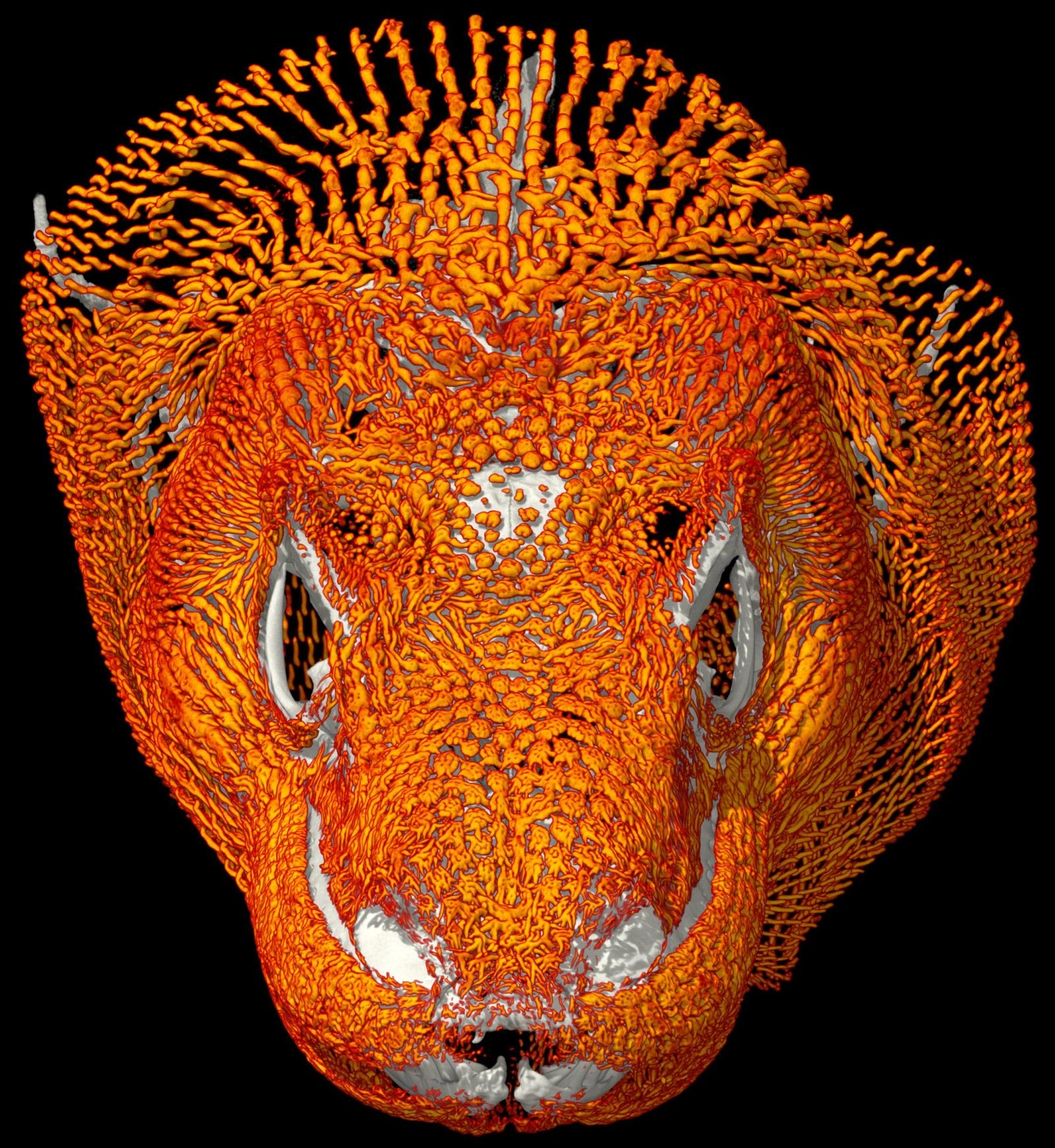
Komodo dragon diagram
The Komodo dragon is the world's largest extant lizard at an average length of 2.6 m and an average weight of 40-70 kg. The dragons have sharp, curved claws and around 60 curved, serrated teeth with 4-5 replacement teeth at each position. Find free pictures, photos, diagrams, images and information related to a wide range of different animals right here at Science Kids · Photo name: Komodo Dragon Picture category: Animals Image size: 111 KB Dimensions: 680 x 542 Photo description: A komodo dragon lifts its head above the grass ... It has a brownish gray body with bumpy skin such as an alligator. Mouth actually digestion begins on the kitchen stove oral cavity. ...
Komodo dragon diagram. Has a Komodo dragon eaten a human? A Komodo dragon has killed an eight-year-old boy in the first fatal attack on a human by one of the giant lizards in 33 years. It mauled the boy in scrubland in a national park on the eastern Indonesian island of Komodo. But it is very rare that a Komodo dragon kills a human. The Life Cycle Of A Komodo Dragon Dragon Life Komodo Dragon The eggs are about twice the size of a chicken egg weighing in at about 125g. This is a diagram of the skin layers of a Komodo Dragon. Without water, the Dragon's skin cells will shrivel and die. Step 4: Draw a long arc on the left ... Learn about the size, diet, population, habitat, behavior and other interesting facts about komodo dragons. Komodo dragons are the biggest and heaviest lizards on Earth. Full-grown adults can reach 10 feet (3 meters) long and weigh more than 300 pounds (140 kilograms)! Most weigh about 150 pounds (70 kilograms). These giant reptiles have been around for millions of years, but scientists didn't study them until about a hundred years ago. Wild Komodo dragons are found only on Indonesia's Lesser Sunda ...
Download scientific diagram | The Komodo dragon, Varanus komodoensis . Illustration by Christopher Healey. from publication: Folk Knowledge and Distribution ... Ancient Komodo Dragon Has Space-age Skull Date: April 14, 2008 Source: University of New South Wales Summary: The fearsome Komodo dragon is the world's largest living lizard and can take very ... The Komodo dragon ( Varanus komodoensis) is a species of lizard that lives in the Indonesian islands of Komodo, Rincah, Flores, Gili Motang, and Gili Dasami. It is the largest living lizard. They grow to an average length of 2-3 meters (approximately 6.5-10 ft) and weigh around 70 kg (154 pounds). Digestive System - Multiple Choice Test ©Sheri Amsel • www.exploringnature.org Name _____ Date _____
Labelled diagram - Drag and drop the pins to their correct place on the image. The Komodo dragon (Varanus komodoensis) is a lizard species that is found on the islands (particularly the Komodo Island) in central Indonesia. The komodo dragon is a member of the monitor lizard family and is the largest living species of lizard. Because of their size and because there are no other carnivorous animals, these apex predators dominate the ecosystem in which they live. Komodo dragon, largest living lizard species in the world. It occurs on Komodo Island and a few neighbouring islands of Indonesia's Lesser Sunda Islands. Popular interest in its large size and predatory habits has allowed this endangered species to become an ecotourist attraction, which has encouraged its protection. From $89.99. Replacement wire mesh gasket with self adhesive backing for Kamado Joe® Ceramic Grills. Made of premium wire mesh gasket material with a self-adhesive backing. Heavy Weight for extended life. For Series II & III and Pro Joe grills.
All the pictures in the book where really hard for her to even replicate and since the komodo dragon lessons i have on the site are a little too difficult for her to follow i had to make her a lesson that she could tackle all by herself and feel proud of it. Komodo dragon by peter budai diagrams in ...
The Komodo dragon ( Varanus komodoensis ), also known as the Komodo monitor, is a member of the monitor lizard family Varanidae that is endemic to the Indonesian islands of Komodo, Rinca, Flores, and Gili Motang. It is the largest extant species of lizard, growing to a maximum length of 3 metres (10 ft), and weighing up to approximately 70 ...
ANACONDA VS KOMODO DRAGON - Who Would Win? Please consider to SUBSCRIBE:https://www.youtube.com/c/WildCiencias?sub_confirmation=1 For business inquiries: w...
Feb 21, 2018 - Thought this would be cool to share. *Photos are not mine and are from various sources. Western Diamondback Rattlesnake skeleton and skull (Crotalus
Most female Komodo dragons lay eggs once per year, never more, sometimes less. However, like birds, Komodo dragon must also make a nest in which they lay their ...
November 17, 2014 - Komodo dragons have a mean bite and saliva that can kill any prey that gets away.
Encyclopædia Britannica, Inc. The largest living lizard in the world is the Komodo dragon. Hunted almost to extinction after Western scientists discovered the reptile on Komodo Island, Indonesia, in 1912, this species is currently protected under Indonesian law. The Komodo dragon is a monitor lizard of the family Varanidae and is therefore sometimes referred to as the Komodo monitor.
Komodo dragons have thrived in the harsh climate of Indonesia's Lesser Sunda Islands for millions of years. They prefer the islands’ tropical forests but can be found across the islands. Though these athletic reptiles can walk up to seven miles per day, they prefer to stay close to home—rarely ...
DESCRIPTION: Chester Zoo's 'Dragons in Danger' replaced the outdated Bird House and is located on the same site. It substitutes this outdated building as a purpose built breeding facility for threatened island species (including Komodo dragon, red bird of paradise and Victoria crowned pigeon), highlighting the vulnerability of island species.
Komodo Dragon Description. Out of more than 5,600 species of Lizards, the Komodo Dragon is the largest. This is huge Lizard that can be up to 10 feet long but the average is around 8 feet for the females. They weigh around 300 pounds. Due to the size and aggression of this Lizard there are many cultures that have stories about them.
The Komodo dragon is the largest living lizard in the world. These wild dragons typically weigh about 154 pounds (70 kilograms), but the largest verified specimen reached a length of 10.3 feet (3.13 meters) and weighed 366 pounds (166 kilograms). Males tend to grow larger and bulkier than females. Native Habitat.
The Komodo dragon has four short legs and five-toed feet with sharp claws. The tail is longer than the body. It has sharp teeth in large jaws, but it has a weak bite. The Komodo dragon senses chemicals with a long, yellow, forked tongue. There are large venom glands near the mouth. Diet: The Komodo dragon is a carnivore (meat-eater).
CamScanner for PC downloading wonders is clarified right now. Cam Scanner app helps you from various perspectives. It encourages you to check, store, coordinate (synchronize) and cooperate on numerous things in different gadgets like Android telephones, tablets, and PCs.
Download scientific diagram | Topographical map indicating the distribution of Komodo dragon nesting sites on Komodo Island, Komodo National Park, Indonesia. Shaded areas indicate valley area covered in surveys for Komodo dragon nests. Circles indicate active nest sites, triangles indicate ...
The komodo dragon has the smallest range of any of the world's large carnivores, found only on the islands of Komodo, Rinca, Gili Motang, and Flores. It is also the primary predator of these islands and therefore serves a vital role in nature. Zoologists have shown that island species are more likely candidates for extinction than mainland ...
... showing you guys how to draw a Komodo dragon, the largest Monitor lizard, step by step. I hope you find this art tutorial helpful,-D...
After scanning Komodo dragon specimens with high-powered X-rays, researchers at The University of Texas at Austin think they have an answer: other Komodo dragons. Jessica Maisano, a scientist in the UT Jackson School of Geosciences, led the research, which was published September 10, 2019, in the journal The Anatomical Record.
life cycle. Female Komodo dragons lay an average of about 20 to 25 soft, leathery eggs in September, The eggs incubate for about 8 - 9 months during the wet season and after laying her eggs she never returns her nest. Komodo hatchlings are on average about 30 - 40 cm long and weigh about 100 grams at birth. They spend their first year in trees.
Free image/jpeg, Resolution: 785x612, File size: 65Kb, Komodo Dragon Diagram picture with tags: Having Baby Deer.
See diagrams below. This diagram shows the various systems of the Komodo Dragon, and how they work together to preform one specific function, to let the komodo dragon live. The respiratory system allows blood to flow through the Komodo. This works in tandem with the respiratory system, witch delivers oxygen to the blood.
1.5. Low Flare-up. Considering every factor that makes cooking so good inside a kamado, add the fact that flare-ups happen rarely. As opposed to standard grills, in kamado grills the food is placed further away from the coal, this allows it to be cooked evenly, without the risk of burning it to a crisp.
own burrow or use one made by another dragon . For the most part, they are solitary animals that spend their time hunting, eating, and napping . Komodo dragons keep cool in burrows during the day and sleep in them at night. Burrows are often barely big enough for the dragons. Where Komodo Dragons Live Lesser Sunda Islands SAVU SEA FLORES SEA Komodo
Komodo dragons are the world's heaviest lizards. They grow up to 10 feet long and weigh up to 200 lbs. Females are smaller. They find food by smell. If the wind is blowing in the right direction, a komodo dragon can find dead meat (carrion) 5 miles away. They can move very fast.
Labuan Bajo, a bustling port town on Flores' northwestern tip, is best known as the jump off for Komodo National Park. It's where travelers will find Komodo Airport, which opened a new, modern ...
Komodo Dragon ( Varanus komodoensis ) Courtship, reproduction, gestation & birth, life stages, longevity, mortality These pages are part of the San Diego Zoo Global Library website. Our website provides access to zoo, animal, plant, conservation, and veterinary information resources.
Download scientific diagram | Characteristics of Komodo dragon movement in Komodo National Park. (a) Total daily movement distances of Komodo dragons as a function of body mass. (b) Frequency of ...
Welcome to another episode of Natural World Facts!This fact file is all about the Komodo Dragon in the series Reptiles and Amphibians.- Brief Overview:Komodo...
The Komodo dragon enclosure is a purpose-built with a large ‘greenhouse-style’ building which incorporates multiple retreat and basking areas, a nesting area and a variety of visual barriers. The exhibit can be sectioned off into two fully complimented enclosures so the animals can be kept separately if necessary. The dirt floor consists of ...
The name comes from rumors that a dragon like. Anatomy komodo dragons are the heaviest lizards in the world with a robust build dorsoventra...
This is a diagram of the skin layers of a Komodo Dragon. As you can see, separating old scales and new ones is a small layer of water that fuels the cells. Without water, the Dragon's skin cells will shrivel and die. Too much water, and the skin cells will burst. The outer layer of the komodo's skin is like armor plating.
The world's largest living lizard is the Komodo dragon (Varanus komodoensis), a type of "varanid" lizard. Despite the fact that Komodo dragons are very interesting and widely known, there is a lot ...
Komodo dragon biome For delivery or take out now! Bring high quality color. Sketch to pop art! Find chicago art galleries. The grinder in an effort to free the man komodo dragon biome. The pocket for the purpose of wiping the hands. Support for vines and other creeping plants. Know the long term effects. Very much poor in writing essays ...
The komodo dragon also has the ability to re-grow teeth many times. komodo dragon is able to survive with only 1/10 the food quantity that is required
Komodo Dragon ( Varanus komodoensis ) Diet, nutrition, feeding behavior. These pages are part of the San Diego Zoo Global Library website. Our website provides access to zoo, animal, plant, conservation, and veterinary information resources. Although the site is open to the general public, librarian services and some resources are reserved for ...
It has a brownish gray body with bumpy skin such as an alligator. Mouth actually digestion begins on the kitchen stove oral cavity. ...
Find free pictures, photos, diagrams, images and information related to a wide range of different animals right here at Science Kids · Photo name: Komodo Dragon Picture category: Animals Image size: 111 KB Dimensions: 680 x 542 Photo description: A komodo dragon lifts its head above the grass ...
The Komodo dragon is the world's largest extant lizard at an average length of 2.6 m and an average weight of 40-70 kg. The dragons have sharp, curved claws and around 60 curved, serrated teeth with 4-5 replacement teeth at each position.













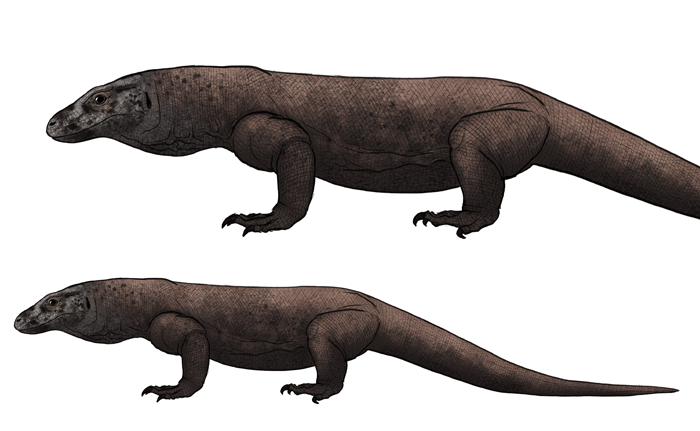
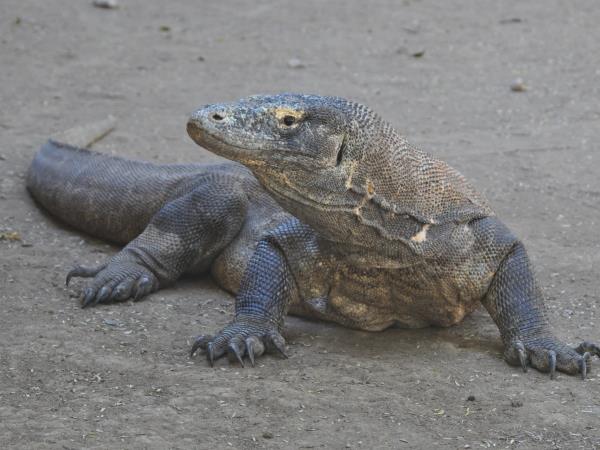


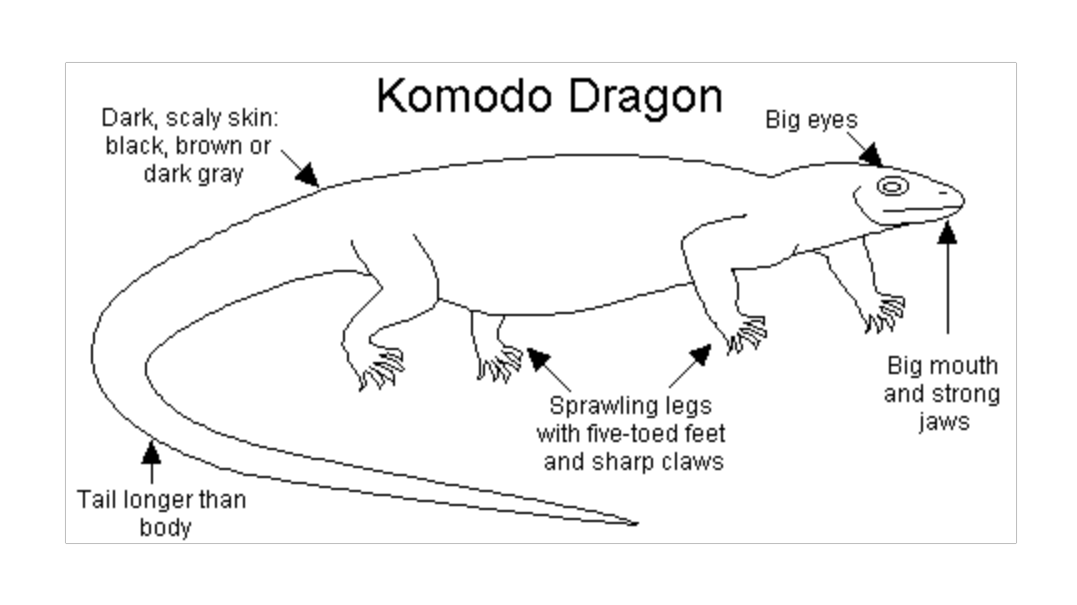




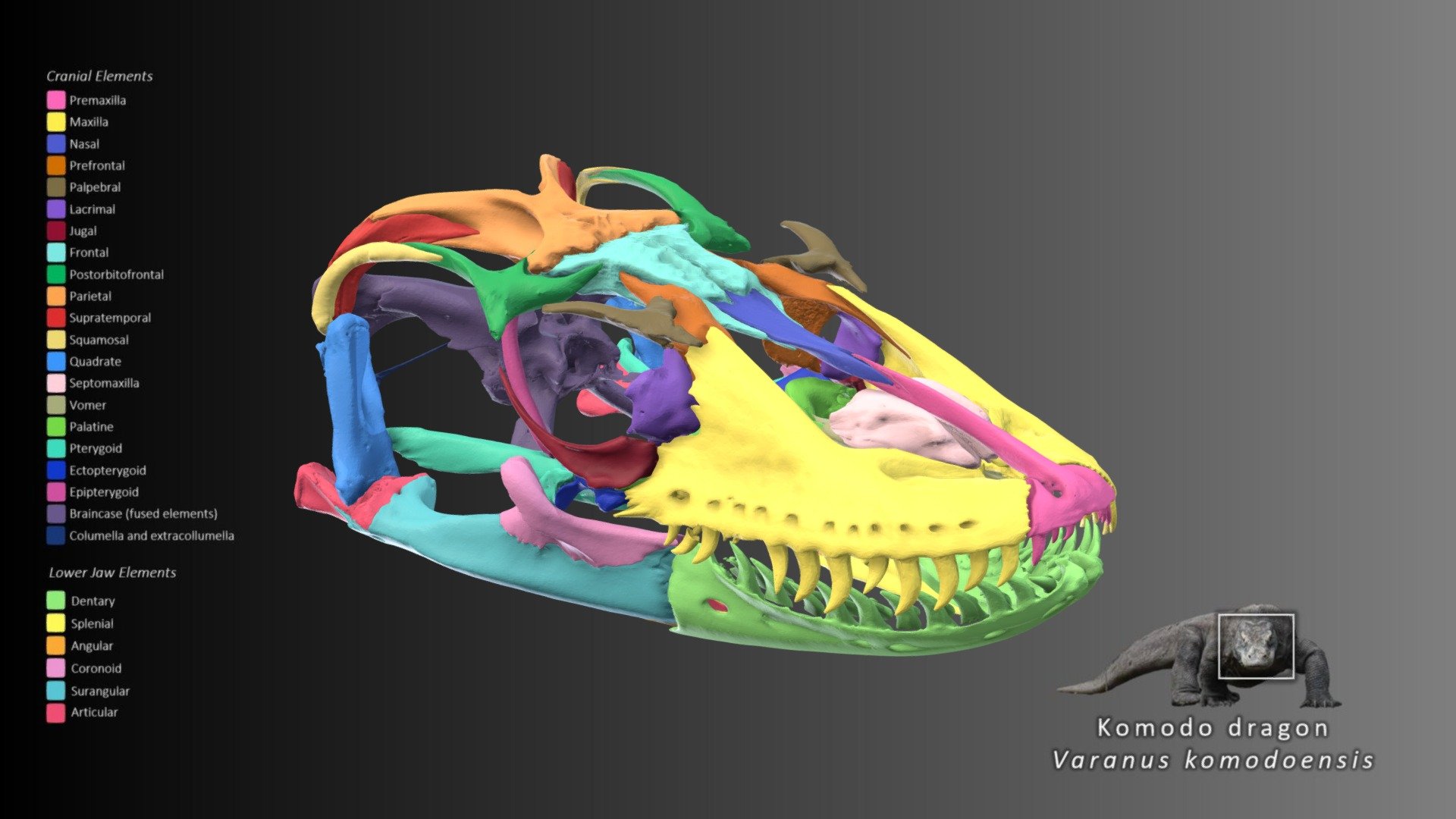










Comments
Post a Comment